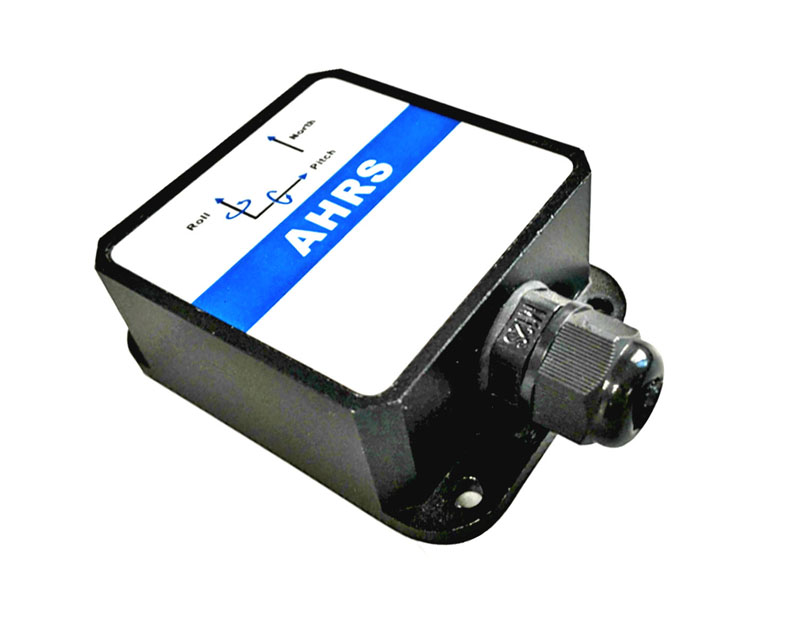Analysis of the skyrocketing demand for intelligent sensors in five major fields
2024-12-09
Sensors are like the eyes, ears, mouth, and nose of humans, but they are not just about human senses. They can even collect more useful information. In that case, it can be said that these sensors are the foundation of the entire IoT system, and it is precisely because of sensors that the IoT system has content transmitted to the "brain".
In the past, sensors were more commonly used in industry. But over time, it has slowly entered our lives.
Sensors are the cornerstone of the development of the Internet of Things
With the official commercial license for 5G issued by the Ministry of Industry and Information Technology on June 6th last year, the arrival of 5G seems to have pushed the Internet of Things to a new stage. What are the small wings of the Internet of Things? Perhaps different people have different answers, and sensors are undoubtedly one of the important options.
From the hierarchical structure diagram of the Internet of Things, it can be seen that the Internet of Things is mainly composed of four parts: perception layer, network layer, support layer, and application layer. There is a saying that goes: the lower foundation determines the upper structure. As one of the important components of the perception layer in the Internet of Things and the foundation of the entire Internet of Things, the importance of sensors is self-evident.
The massive data information in the Internet of Things system comes from terminal devices, and the data source of terminal devices can be traced back to sensors. Sensors endow all things with "sensory" functions, such as humans relying on vision, hearing, smell, and touch to perceive the surrounding environment. Similarly, objects can also perceive the surrounding environment through various sensors. And it is more accurate and has a wider range of perception than human perception. For example, humans cannot accurately perceive the specific temperature value of an object through touch, nor can they perceive thousands of high temperatures, nor can they distinguish subtle temperature changes, but sensors can. It can be said that sensors are the "language" of communication between objects in the era of "Internet of Things".

The role of sensors in the Internet of Things industry
The Internet of Things is a huge network formed by combining various information sensing devices and the Internet. It is the upgrade of the Internet and the core of the information age. The development of the Internet of Things requires technological support such as intelligent perception, recognition, and communication, and the key to perception is sensors and related technologies. It can be said without the advancement of sensors, there would be no prosperity of the Internet of Things. With the development of the Internet of Things, the sensor industry will also experience an explosion. Sensors are key components for collecting data in the Internet of Things and play an indispensable role.
As the world enters the rapidly developing information age, the first thing to solve in the process of acquiring and processing information is to obtain reliable and accurate information, and sensors are the main means and ways to obtain information. For example, in the era of Industry 4.0, sensors are used to monitor and control parameters in the production process to keep equipment in normal working condition; In the field of smart homes, sensors are the foundation for achieving interaction between users and household items such as lights, televisions, refrigerators, and speakers; In autonomous driving, it is necessary to collect and process traffic and environmental data through sensors in order to ensure the safe driving of cars on the road... It can be said without exaggeration that the future market of the Internet of Things will be as big as the role of sensors.
The demand for intelligent sensors has skyrocketed in five major fields
Intelligent sensors have the characteristics of high precision, low cost, diverse functions, and strong automation. They are a type of sensor with information processing capabilities and are the product of sensor integration and microprocessor combination. In many IoT scenarios, sensors have the characteristics of intelligent sensors, and in the future IoT era, intelligent sensors will be the mainstream in the market.
Among the most promising IoT scenarios in the future, smart industry, smart home, smart healthcare, smart cars, smart agriculture, and others are the most likely IoT fields to be popularized in the future.
1. Intelligent industrial sensors are the foundation for achieving Industry 4.0
As is well known, Industry 4.0 has become a part of the national strategy, and intelligent manufacturing is the key to the country's industrial transformation. The role of intelligent industrial sensors in manufacturing is becoming increasingly important. The characteristics of industrial sensors are high performance indicators and accuracy requirements, and do not allow errors in data acquisition and processing. Unlike traditional industrial sensors, smart industrial sensors will be used for intelligent manufacturing, which puts forward more stringent requirements in terms of accuracy, stability, and impact resistance. In the future, the demand for intelligent industrial sensors based on Industry 4.0 will significantly increase, which is also the biggest opportunity for industrial sensor manufacturers.
2. Smart homes bring growth potential to these sensors
A major feature of smart homes is the ability to control household items. With the development of the Internet of Things, more and more sensors will be used in home appliances such as washing machines, televisions, refrigerators, lighting, air conditioners, range hoods, etc. Products that previously did not have sensors will become the main battlefield for sensors due to the popularity of smart homes.
Sensors will be the standard configuration of smart home products, for example, pressure sensors can be used to monitor the amount of foam in washing machines; Photoelectric sensors are used to control the light of light bulbs; Electromagnetic sensors can be used in dishwashers to move the spray arm, as well as flow sensors, intelligent gas sensors, and other applications.
3. Smart healthcare requires a variety of intelligent sensors
Smart healthcare is the use of Internet of Things technology to achieve interaction between patients, medical personnel, and medical devices. The core part of its work is the collection, storage, transmission, and processing of patient information. In the process of image transmission and massive data processing, sensors with intelligent processing capabilities are required, such as MEMS pressure sensors for measuring patient blood pressure, thermoelectric sensors for studying sleep apnea, and temperature sensors for monitoring and measuring body temperature.
With the development of IoT technology, wireless medical sensors are gradually moving towards intelligence, miniaturization, low power consumption, and other directions. The application of sensors in the field of smart healthcare will also become increasingly widespread. According to foreign media reports, scientists have developed a new type of sensor that can be used to diagnose eye injuries. It determines the severity of eye injuries by measuring the concentration of vitamin C in human tears. Recently, scientists have developed a capsule sized heart rate sensor that can be swallowed. After swallowing, patients can measure their vital signs and other data, and transmit the information to a receiver for remote monitoring by doctors.
With the advancement of technology, there will be more and more types of sensors applied to smart healthcare, but a major commonality among them is that they possess the characteristics of intelligent sensors.
4. Intelligent sensors assist in the intelligentization of automobiles
Although many domestic cars have implemented some basic networking functions, they are not truly intelligent cars. With the development of AI and IoT technology, smart cars will become the mainstream of the future. Smart cars are comprehensive systems that integrate environmental perception, multi-level assisted driving, and other functions. One of their major features is the ability to achieve networked control, and the key to control and operation cannot be separated from smart sensors. The popularization of smart cars will bring about an increase in smart sensors.
In smart cars, the most widely used smart sensors in the future will be air flow sensors, odometer sensors, oil sensing sensors, brake pressure sensors, position sensors, and collision sensors.
5. The market prospect of intelligent agricultural sensors is broad
Intelligent agriculture is the key to building China into an agricultural powerhouse, and in future agricultural production, many types of IoT sensors and related technologies are needed. The composition of the agricultural Internet of Things includes intelligent water quality sensors, wireless sensor networks, wireless communication, etc. Together, they form a complete intelligent agricultural system, and sensors are the first part to achieve these。



